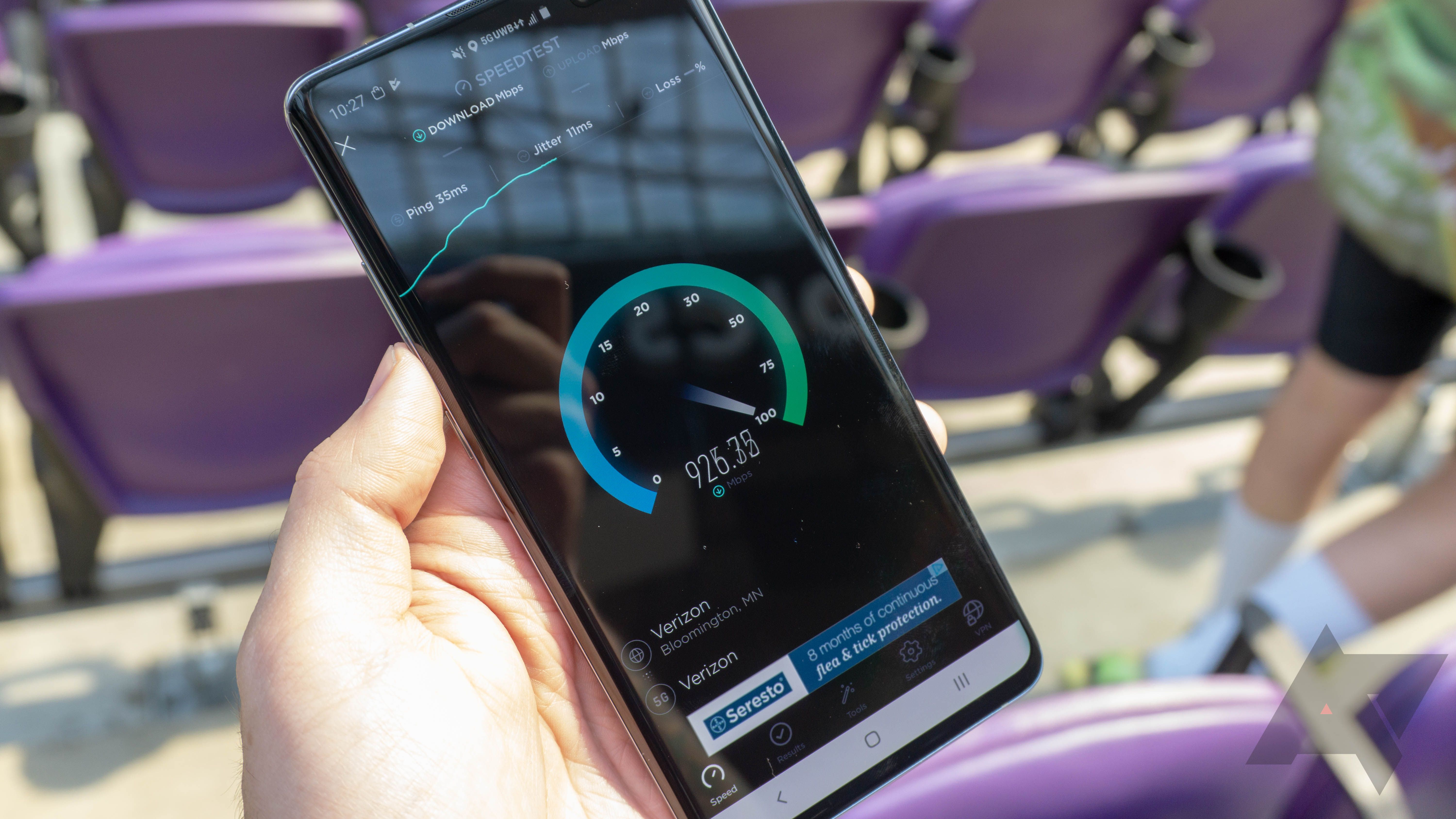Broadband internet can be downright dismal in many households in the United States — pricey speed tiers and usage quotas tend to cripple the experience. On the other hand, cellular carriers are pouring in money towards speedy 5G and smartphone use is on the rise for a variety of other reasons. All of this to say that it's no surprise the Pew Research Center has come out with its latest Mobile Technology and Home Broadband survey findings which point a doubling over 6 years in the number of U.S. adults using the internet solely on smartphones.
Pew found from a sample size of 1,502 participants that 96% owned a cellphone. Of them, 84% had a smartphone. When asked on which device do they "mostly" use the internet, 46% of all surveyed say it's with their phones while 30% responded with a computer, tablet, or other device — the last time this question was asked in 2013, only 34% primarily used the internet on their phones while 53% used another device.
|
Age group |
Smartphone use, 2019 |
Smartphone use, 2013 |
|---|
80% of people who don't have a home non-dial-up connection are not interested in receiving it. Among the major detractors respondents cited are abundant internet sources outside the home, excessive cost, and the capability of smartphones — Verizon and T-Mobile may take note of this when offering fixed-point service through their 5G networks.
The most intriguing topline point from the survey is that 17% of over-18's in the country use smartphones as their only portal to the internet — up 9 points from 2013. Some of the characteristic trends lending to this condition are predictable: most of these phone-slingers are younger and poorer.
|
Factor |
Variable |
Smartphone-only internet users |
|---|
You can take a look at several results tables from Pew. One of the most obvious takeaways here is that because of the proliferation of public Wi-Fi networks and speedy cellular service, the burden of internet access is continually shrinking. Both digital and physical infrastructure has grown to facilitate just-in-time orders — contrast the situations 15 years ago with printing out MapQuest directions ahead of time against estimated commute times generated automatically from Google Maps.
Source: Pew Research Center

